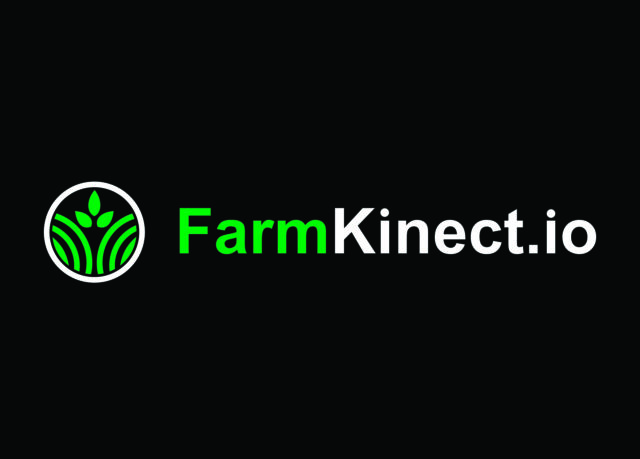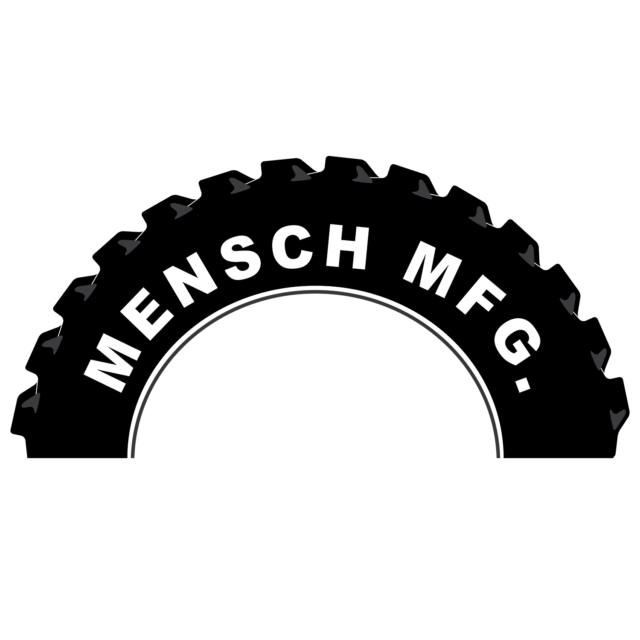One of the pre-conference events in relation to the Western Canadian Dairy Seminars is a producer tour of local dairy farms.
This year, three farms south of Red Deer, Alberta, opened their doors and stories to two busloads of visitors – Van Den Broek Dairy, Ten Brummelhuis Dairy Ltd. and Yff Dairy Ltd.
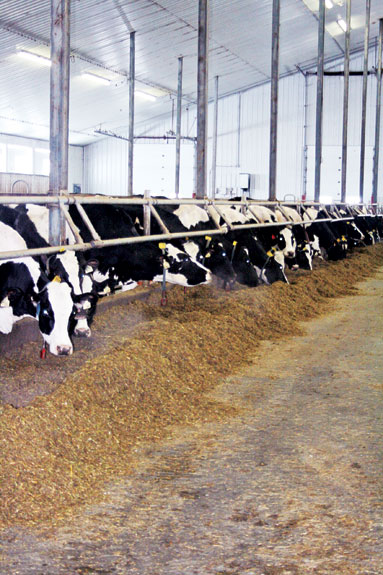
Van Den Broek Dairy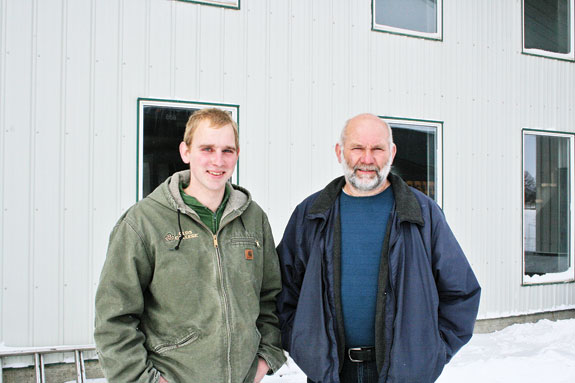 Arie and Anita Van Den Broek started milking cows near Olds, Alberta, 10 years ago.
Arie and Anita Van Den Broek started milking cows near Olds, Alberta, 10 years ago.
Today, their son, Gijs, is also farming with them, and they now have 240 Holstein cows producing more than two million litres of certified organic milk each year.
The farm began its transition to organic in 2006 in order to produce for a market that was asking for it, Arie said.
The Van Den Broeks are one of eight producers in the province to make this decision.
In doing so, they receive a lot of support from Alberta Milk, which takes care of marketing their product.
To fulfill its organic qualification, the farm raises organic crops on 1,150 acres. This supplies the farm’s forage needs and about two-thirds of its barley requirements. The remainder of organic barley needed is purchased.
The milking herd, dry cows and late-stage heifers are housed at the main farm. Heifers from 2 months old until they are confirmed pregnant are kept at two off-site locations.
Cows are milked three times a day in a 28-stall rotary parlor and are kept in three groups in the freestall barn. Breeding stage separates the two large groups – and one small group consists of fresh cows.
This smaller group near the holding area allows for easier monitoring the first couple of weeks after the cows re-enter the milking string.
Ten Brummelhuis Dairy Ltd.
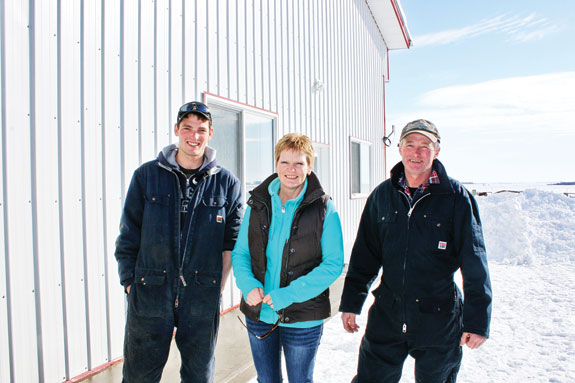 Just over a decade ago, Alfons and Wilma ten Brummelhuis and their family immigrated to Olds, Alberta, from Holland.
Just over a decade ago, Alfons and Wilma ten Brummelhuis and their family immigrated to Olds, Alberta, from Holland.
“We moved in November of 2001 after we were tired of the rules in Holland,” Alfons said.
When they first arrived in Canada, they lived in temporary housing while they looked for the right place to purchase.
In May 2002, they took ownership of their current farm and began by remodeling the home because Alfons said he wanted a nice place to rest at the end of a stressful day building a farm.
By summer, they were setting up the farm and buying cows and quota. Those early cows were milked in a small barn south of their new farm.
The barn was finished by October and that first year they milked 60 cows. They’ve added more since and now milk 90 to 95 cows.
“That’s enough for us,” Alfons said. Cows are milked twice a day in a double-10 parallel rapid-exit Gascoigne Melotte parlour.
For housing, they opted for loose housing on a straw pack because it was cheaper. It does mean more work, but Alfons said they should see some return in cow longevity.
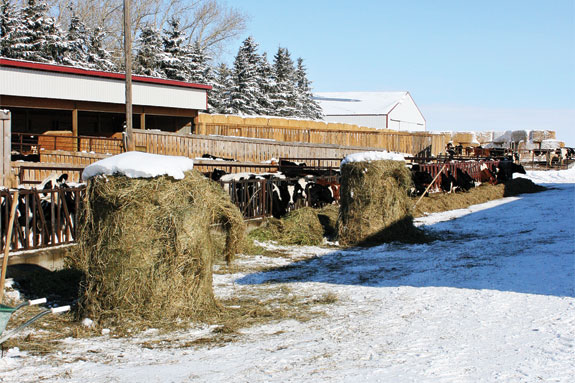 Bedding for the heifers is cleaned out once a year, while the milk cow bedded pack needs to be cleaned every six weeks to two months, depending on the time of year.
Bedding for the heifers is cleaned out once a year, while the milk cow bedded pack needs to be cleaned every six weeks to two months, depending on the time of year.
Fresh straw is spread once a day and manure is covered up each evening. “You have to spread straw before you think it’s necessary,” Alfons said.
Cows are fed oat silage, alfalfa silage, timothy hay, alfalfa hay, beet pulp, minerals and ground barley.
The ten Brummelhuises decided to switch from barley silage to oat silage to cool down the ration and aid in digestibility.
They have fed oats for the last four months and have not seen a rise in milk production. However, it has stayed the same at 35 litres per cow per day with 4.3 percent fat and 3.45 percent protein.
The farm is focused on balanced breeding by using high-durability bulls with good components and health traits from proven cow families. The herd’s classification has risen from 78 when they started to 86 now.
Calves are kept in outdoor hutches and fed milk three times a day in the winter. They are weaned at 10 weeks. For the next two weeks they are fed water and grain.
They are also vaccinated before being moved to the corrals. Until they are 1 year old, heifers are fed hay and concentrate. After a year, they receive hay, baleage and oat silage.
Yff Dairy Ltd.
Originally from Holland, Pieter Yff moved to Innisfail, Alberta, 15 years ago with his wife, children and parents.
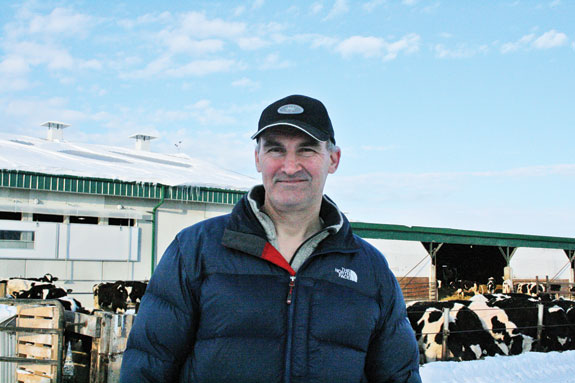
In 2005, they built a new freestall barn and double-12 milking parlour and now milk 220 cows.
The old barn was converted to a dry cow and calf barn – and the family is in the process of building a new youngstock facility.
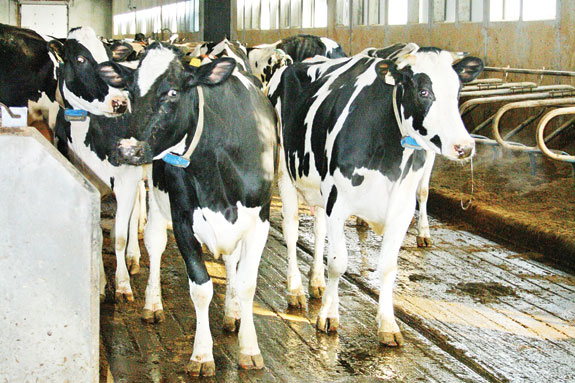 The Yffs farm 900 acres, which is harvested as barley silage, alfalfa silage, oat silage and barley grain.
The Yffs farm 900 acres, which is harvested as barley silage, alfalfa silage, oat silage and barley grain.
As shavings were growing more scarce and expensive, the Yffs grew interested in using manure as bedding.
They purchased a rotating compost drum this past fall and have been composting manure into bedding throughout the winter. Freestalls are bedded three to four times a week.
“We’d like to have the solids drier than they are now,” Pieter said, noting the farm’s somatic cell count has risen about 50,000 since using the new bedding method. PD
PHOTOS
Photos by PD staff.

